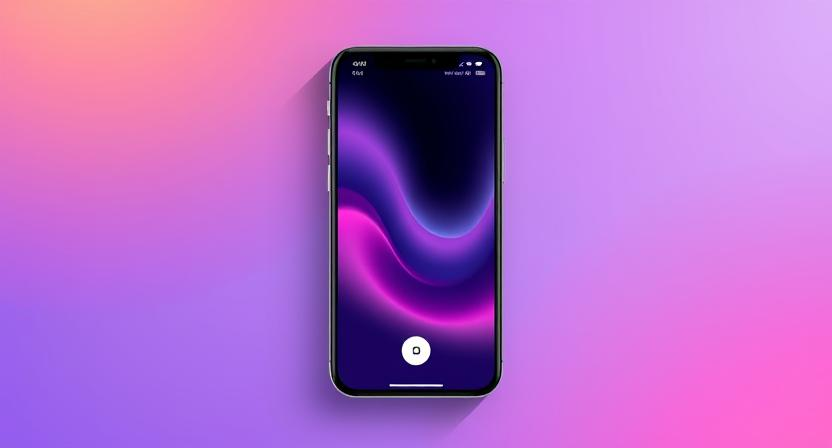Beyond Trends: Why Taste Defines Timeless Design
Explore how taste, not trends, drives timeless design. Jony Ive’s “less, but better” ethos to AI’s limits, learn why refining with purpose creates effortless, enduring UI/UX.

In the whirlwind of UI/UX trends—neumorphism today, glassmorphism tomorrow—what separates fleeting fads from designs that endure? It’s not just about looks. Great design transcends aesthetics; it’s about how something feels and functions effortlessly. At its heart lies taste—a designer’s intuitive knack for crafting experiences that stick. Let’s unpack why taste, not trends, is the secret to timeless design.
Jony Ive and the Essence of Taste
Jony Ive, the mastermind behind Apple’s iconic products, nailed it: “Design is not just what it looks like and feels like. Design is how it works.” For Ive, taste isn’t a superficial gloss—it’s a gut-level sense of what’s just right. He stripped away the unnecessary, leaving only what serves the experience. Think of the iPhone’s clean lines or the click wheel’s satisfying spin—effortless, intuitive, essential. Ive’s “less, but better” vibe, echoing Dieter Rams, proves that great taste means knowing when to stop adding and start refining. It’s courage meets clarity, and it’s why his designs still feel fresh decades on.
"Just Right" Moments That Stick
Ever double-tap to like a post or pull-to-refresh your feed? These aren’t random—they’re design wins that feel natural because they mirror how we move and think. Swipe gestures on Tinder or a scroll that snaps perfectly into place—these “just right” moments don’t scream for attention; they quietly invite you in. That’s taste at work: seamless, human, timeless.
Taste: Keep It, Don’t Clutter It
The best designers don’t pile on features—they prune. Taste is a filter, sifting out noise to spotlight what matters. It’s not about cramming every bell and whistle into an app; it’s about curating an experience that flows. Less clutter, more purpose—simple, but not easy.
You Can’t Teach Taste, But You Can Train It
Good taste isn’t a classroom lesson—it’s a muscle you flex. Observe how people fumble with a checkout flow or breeze through a menu. Question why one button feels off and another clicks just right. Over time, this sharpens your design sense, turning everyday interactions into a masterclass in what works.
AI’s Role: Design Generator, Not Taste Maker
AI’s crashing the design party, spitting out layouts and prototypes faster than you can say “wireframe.” But here’s the catch: it lacks judgment. AI can mimic trends or churn out options, but it doesn’t feel what’s right. Taste—the ability to refine, to say “this stays, that goes”—is human. It’s what turns generic AI outputs into experiences that resonate. Think of AI as a tool; taste is the craftsman wielding it.
The Takeaway: Taste Trumps Trends
Trends come and go—remember skeuomorphism’s leather textures?—but taste endures. It’s the thread connecting Ive’s iPods to today’s swipe-happy apps. In a world obsessed with the next big thing, timeless design leans on something quieter: an instinct for what’s essential. So, next time you’re designing, skip the hype. Chase that “just right” feeling instead—it’s where the magic lives.
About the Author:
Thejas DP, Founding Designer at Niti AI, crafts premium user experiences in Bengaluru, India. With a B.E. in Computer Science from AMC Engineering College, he blends user-centric design with technical expertise. Starting as a UI/UX intern at Niti AI, Fabrik, and Procial, he now excels as a UX Designer, focusing on intuitive interfaces, user flows, and research to make financial management engaging and visually appealing.
